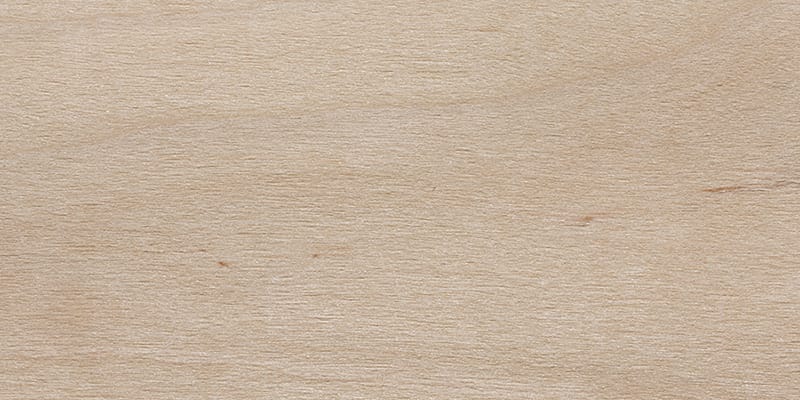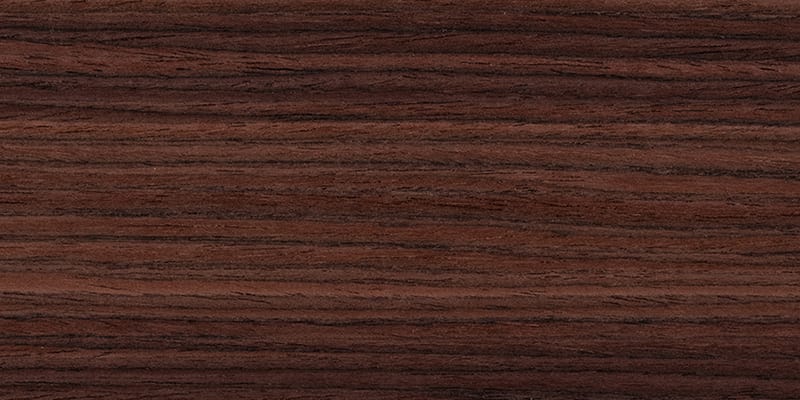Guitar Tonewoods Explained
An intro to the different sound characteristics for each standard guitar tonewood, and a handy guide when you’re looking to buy a new guitar.
One of the most fundamental factors of a guitar sound is what kind of material it’s made of. People seem to focus so much on acquiring the right guitar gear to shape the sound, that they forget about choosing a guitar with the preferred tonewood.
Guitar sound comes down to personal preference, but in this article, we will talk about different sound characteristics for each standard guitar tonewood. This guide will come in handy when you’re looking to buy a new guitar and want the optimal sound! Choosing the right tonewood will help you reach your desired sound without much tweaking when playing live and recording.
A little disclaimer before we start. There are tons of different tonewoods available that are used by custom guitar-makers. However, this article will only focus on tonewoods featured highly in mass-produced guitars.
Before We Start, Laminate Versus Solid Wood?
First thing first - when reading about guitar tonewoods, you may have heard about laminated wood and solid wood. Solid wood constructions mean that the guitar utilizes a solid sheet of wood.
All-laminated constructions mean that pieces of wood are layered to create the top, back, and sides. The most typical laminated constructions consist of laminated spruce for the top, and laminated mahogany for the back and sides.
Solid wood guitars are far more resonant compared to laminated guitars. Solid wood also dries out, which makes solid guitars even more resonant in time. The downside? Solid wood is hard to work with and is therefore expensive.
7 Different Guitar Tonewoods And Their Characteristics
1. Alder

Alder as a tonewood was first introduced by Fender back in the late ‘50s and early ‘60s. It’s a lightweight wood, with soft tight pores and large ring-shaped patterns. These rings add character to the sound by themselves. So how does Alder affect the sound? Alder has a strong full-bodied character with prominent mids and deep lows. The high frequencies are smooth with great sustain. Alder has a wide range of tones, and it’s a great choice for whatever genre you play in. It’s most commonly used in Stratocasters and electric guitars, rather than acoustic guitars.
2. Basswood

Basswood is an affordable tonewood that is associated with entry-level to mid-level guitars. It’s still a great tonewood though, as it has been used by the renowned guitar manufacturer Gibson. Similar to alder, basswood is very lightweight and produces an even full and mid-range response across the board. Thanks to the relatively soft wood, it doesn’t have as harsh high-frequencies as Alder.
3. Maple

Maple is a hard and dense wood, and because of the heavy material, it’s often combined with other lighter tonewoods. It’s a very common tonewood for both necks and fretboards and offers a bright sound characteristic. It’s also a very common ingredient in laminates used in hollow electric guitar bodies and larger guitars. Why? To prevent dominating overtones in lower frequencies. It’s worth mentioning that Gibson created some all-maple guitars in the late 1950s, but they were considered too heavy.
4. Sitka Spruce

Thanks to the well-rounded sound characteristics, Sitka is one of the most common tonewoods in acoustic guitars, especially for the body and top. It offers a broad dynamic range with strong fundamentals and beautiful tonal qualities. So what does that mean? It doesn’t provide many overtones. It sounds powerful when strumming but can sound kind of thin when fingerpicking. The renowned guitar manufacturer Martin & Co uses Sitka Spruce in the majority of their guitars.
5. Rosewood

Because of rarity, rosewood is one of the most expensive tonewoods available, and that’s probably why it’s quite uncommon with guitars completely made of rosewood. Fender did produce a ‘Rosewood Telecaster’ which was played by George Harrison (probably because of the interesting looks rather than the tone). Rosewood is a very heavy and hard material, resulting in overly bright-sounding guitars. On the other hand, when it comes to rosewood fretboards, the sound characteristics are warm and smooth. Thanks to the oily pores found in rosewood, the overtones are dampened.
6. Mahogany

Mahogany is very common in laminated acoustic guitar constructions, mainly used for the back and sides. It doesn’t have the same sonic brilliance as rosewood, but it’s much easier to work with and still resonates beautifully. Gibson used solid mahogany in their classic models Les Paul Jr, Les Paul Classic, and SG. So what are the sound characteristics? Mahogany features warm, soft, and well-balanced tonal qualities. If you want to hear how it sounds in action, take a listen to Beatles’ early recordings.
7. Ebony

Ebony is mainly used in fretboards, and it has been considered the top choice for years (especially the African version of ebony). Ebony is extremely dense and heavy, making it sound bright and crisp. Similar to rosewood, ebony is naturally oily which makes the tones dampened with a smooth sustain. Thanks to the natural dark appearance of ebony, the fretboards have been widely popular in metal music.
Conclusion
And there you have it - 7 different tonewoods and their sound characteristics. As you may know, manufacturers usually use a combination of tonewoods when they design their guitars, especially on the neck. Having different tonewoods on the fretboard and neck can give you the best of both worlds. Common tonewood combinations are:
- Mahogany/Ebony
- Mahogany/Rosewood
- Maple/Rosewood
I hope you found this article helpful! Next time you’re looking to buy a new guitar, think of the different tonewoods and what sound characteristics they have.
This article was written for The Guitar Journal by Martin Kristiansen, founder of HomeStudioIdeas.com.

